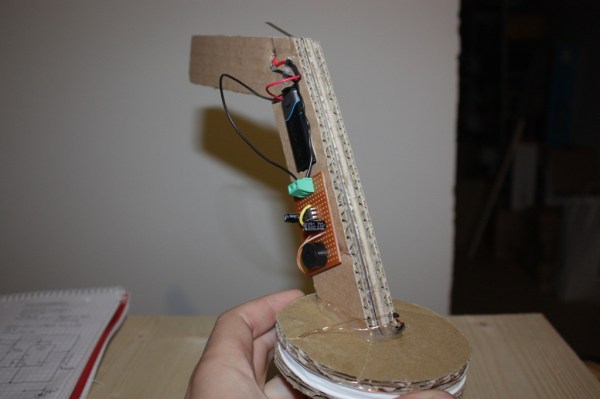
[Ben] just sent us this great reference sheet. It’s a poster he compiled of datasheets and various electronic references. He made it after spending too much of his time sifting through datasheets while working on projects. It also helped that he realized his school, Georgia Tech, had a poster printing service!
It contains the basics from resistor color codes, typical pinouts of various chips, current capacity of wire gauges, Arduino pinout diagrams, schematic symbols, trace widths for current capacity, and even typical coding functions!
The full image is 9,000 x 6,000 pixels and will print nicely at 30 by 20 inches, just shy of the ANSI D paper size. It’s 6.1MB so only click here if you want it!
Maybe if we ask nicely he’ll share the original MS Publisher file so we can tailor it to our individual needs! Some of the text in the images is a bit blurry, but everything is basically still readable.
















